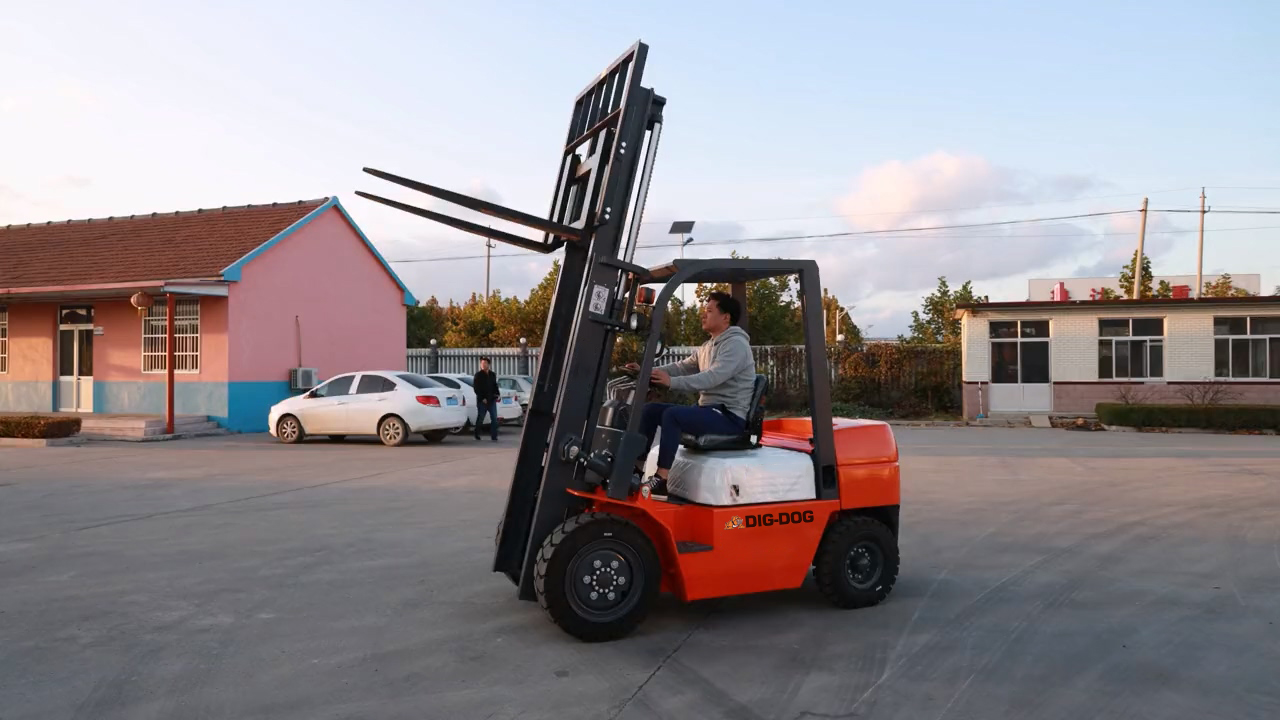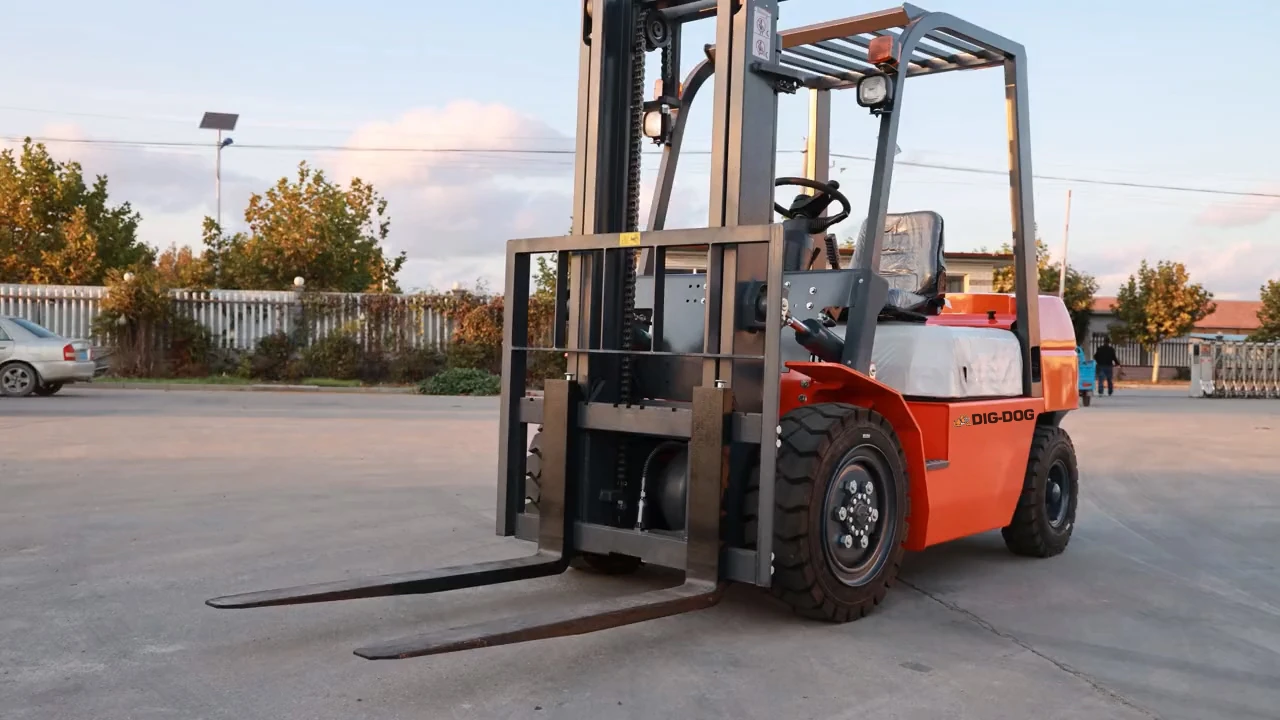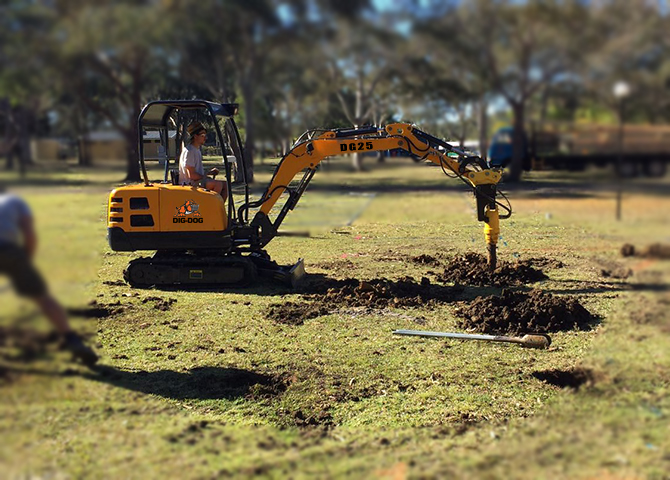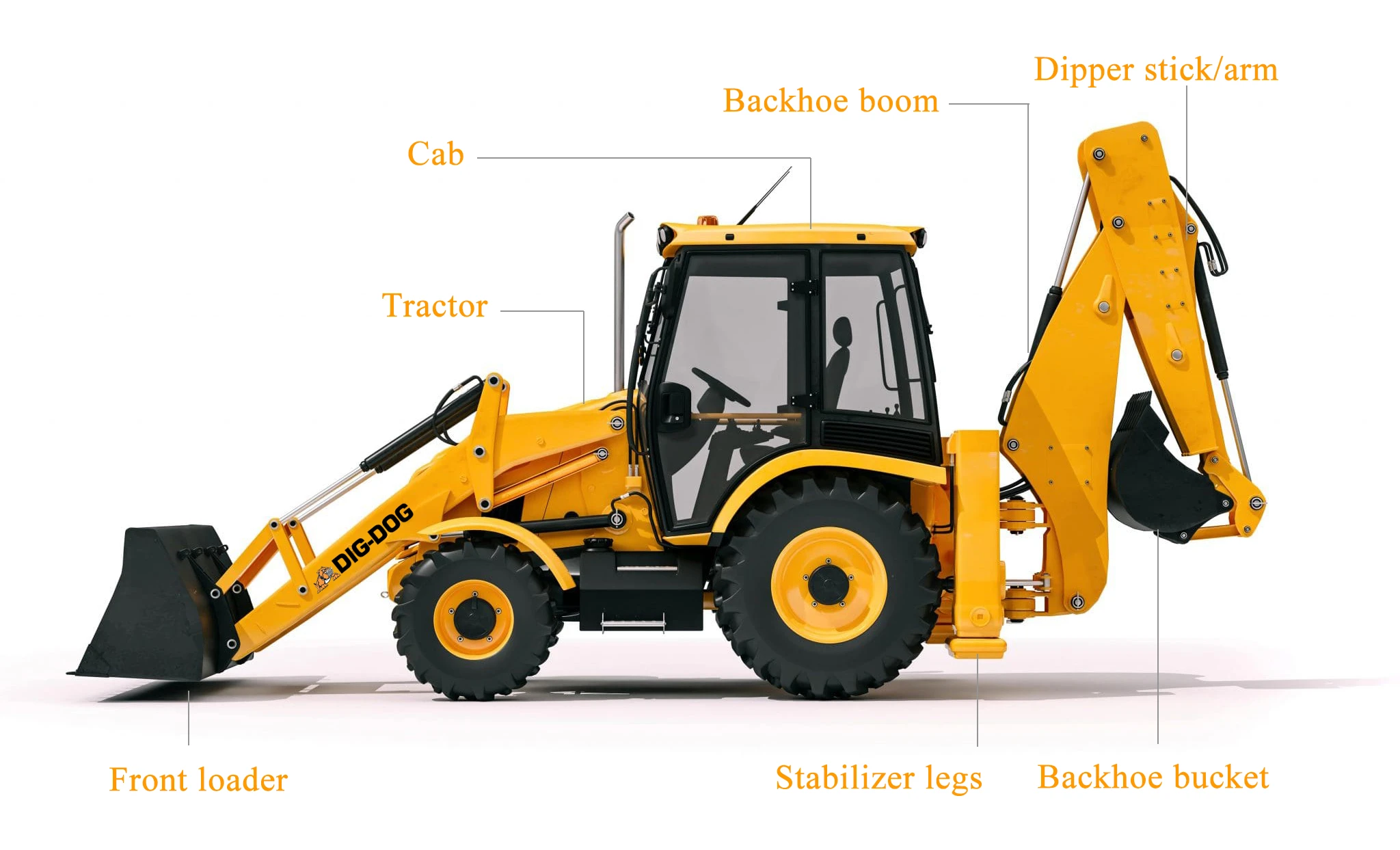Asking “how much does a forklift cost?” is a lot like asking how much a car costs. If you were to ask a car salesperson, they’d probably respond with a few questions:
What kind of car?
How much horsepower do you want?
What options are you looking for?
Many different factors go into the prices of forklifts. So, before we get to the actual figures, let's take a few moments to understand how pricing is determined for forklifts.
Why price shouldn’t be the only factor in your decision (and what those other factors are)
How to make sure that your forklift choice will work in your application
How long a forklift can last - on average - and what factors can shorten or extend a forklift’s life
How to make sure that your final choice makes financial sense
Your options for where to buy your next forklift
With that, let's dive in.
Here are the major factors that determine the price of forklifts, whether new or used:
Capacity
Fuel type
Mast size
Tire type
Hydraulic setup
Configuration, features & accessories
CAPACITY
The capacity of the tow motor will have a major effect on the pricing. Because the higher the forklift’s capacity, the higher the price. And that’s simply because more material is required to manufacture the truck.
FUEL TYPE
Generally speaking, electrics cost more than LPG and diesel trucks do. That’s because when you buy electric, you’re paying for fuel upfront, in the form of the industrial battery that powers the lift.
MAST SIZE
Across the industry, a 189” three-stage mast is standard. But besides that, there are a multitude of different heights and configurations.
Some are shorter, so they can fit into confined spaces like semi-trailers. Others are extra tall in order to reach 25-foot-tall racking.
Usually, the taller the mast is, the more material is needed to make it, which raises the cost.
TIRE TYPE
Depending on the particular model of truck you’re after, the choice of tires ranges from cushion, air-filled pneumatic, and solid foam-filled tires. Beyond that, there are additional options like razor-siping for slick conditions and non-marking tires for operations where floor marks are undesirable.
That being said, black cushions and air-filled pneumatic tires are usually the base option for most forklifts. So if you want something beyond the standard, like foam-filled or even dual drive tires, be prepared to spend $1,500 to $4,000 or even more to get them.
HYDRAULIC SETUP
Usually, trucks will come standard with a 3-way hydraulic valve and single internal hosing. This means the truck’s hydraulics are configured to lift and tilt the mast, along with one more function, usually to control the side-to-side shifting action of the side shifter.
But if you want to equip your forklift with something a little “fancier,” like a side shifting fork positioner, paper roll clamp, or a slip-sheet attachment, you’ll need an extra valve section. And this option, in turn, will add to the sticker price of your forklift.
Something to keep in mind: the purchase price of your forklift isn’t as important as the long-term cost of ownership. A "cheap" forklift can become very expensive as repair costs and downtime pile up over the years.
Something else to consider: electric forklifts are cheaper to own and can be used in applications once dominated by internal combustion engine (ICE) forklifts. For example, an operation running a lift truck 2,500 hours per year:
- Will spend about $1,500-$2,000 per year in operating costs for an electric forklift
-Compared to $12,000-$15,000 for a diesel forklift, and $10,000-$12,500 per year for an LPG forklift
Now that you have an idea about what a forklift costs, you've probably started wondering how you're going to afford one. Since there's a lot to learn about purchasing options, you can cotatct us too achieve some more information.
We want you to get the best forklift for your needs and budget. We offer flexible forklift options for our customers all over the word.
If you have found the perfect diesel forklift, we would be happy to advise you on how to finance the vehicle of your choice. Whether you're looking for a temporary helper during order volume peaks or a core vehicle for continuous operation, DIG-DOG offers the right buy package for every requirement. You can obtain a comprehensive overview of all the options by contacting the DIG-DOG consulting service.

 Choosing the Correct Forklift Carriage Class for Your Business Needs
Choosing the Correct Forklift Carriage Class for Your Business Needs
 Exploring the Cheapest Excavators with Top Performance
Exploring the Cheapest Excavators with Top Performance
 What is a Backhoe? Its Uses & Market Development
What is a Backhoe? Its Uses & Market Development